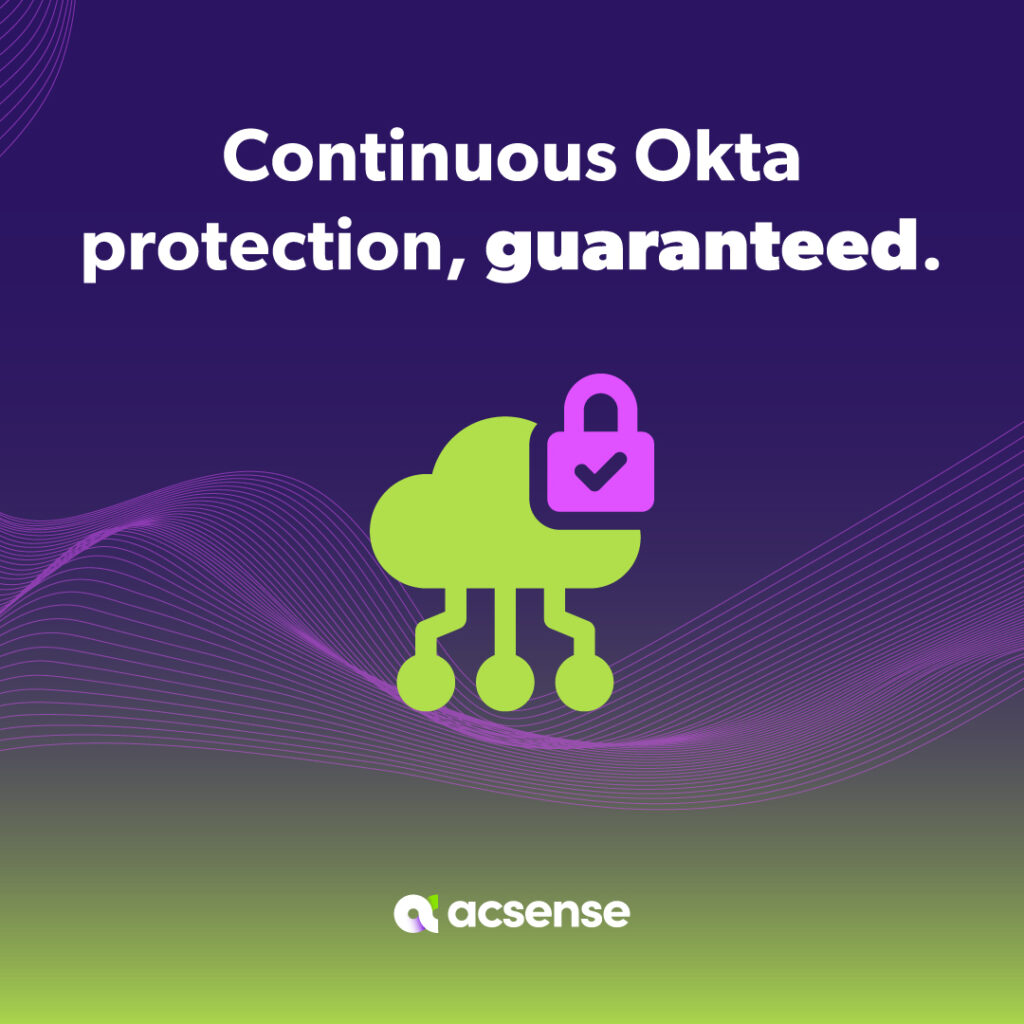Ransomware Attacks on Healthcare
Healthcare ransomware attacks are a growing threat, with cybercriminals targeting healthcare institutions due to their potential for high stakes and valuable data. These attacks can paralyze medical systems and put patient lives at risk. It is crucial for healthcare organizations to implement robust security measures to protect patient confidentiality and maintain trust in the healthcare system. In this article, we will examine the nature of healthcare ransomware attacks, their impact, and effective defensive strategies.
Immediate action is necessary to safeguard patient health and the integrity of medical institutions.
Types of Ransomware Attacks in the Healthcare Industry
Amidst the burgeoning prevalence of cyberthreats, healthcare ransomware attacks have emerged as insidious maneuvers deployed by nefarious actors to exploit the vital services rendered by the health care sector.
Here are distinct types of ransomware incursions plaguing health care organizations:
- Phishing Attacks: Cybercriminals often leverage deceptive emails to trick health care providers into clicking a malicious link, thereby initiating the encryption of electronic health records and other critical data.
- Software Exploits: Ransomware gangs meticulously scout for vulnerabilities within health care technology systems, exploiting outdated or unpatched software to infiltrate hospital systems and hijack sensitive information.
- Double Extortion: Beyond mere encryption, ransomware hackers threaten to leak confidential patient data, exerting additional leverage to extract ransom payments from compromised health care facilities.
- Brute Force Attacks: These involve repeated attempts to gain access to systems by guessing passwords, targeting less secure access points in health care systems.
Each strategy underscores the urgent need for robust cybersecurity protocols and adherence to voluntary cybersecurity goals to safeguard patient care and prevent financial losses within the health care industry. These nefarious ransom demands not only risk patient safety but also threaten the critical infrastructure sectors that maintain our society’s well-being.
Recent Healthcare Ransomware Attacks
Urgent Alert: Healthcare Ransomware Attacks Surge.
Healthcare providers, beware! Ransomware attacks against hospital systems have surged – a frightening nearly 100% spike from 2022 to 2023. Cybercriminals like the notorious BlackCat group are exploiting healthcare’s critical infrastructure for their gain, knowing full well that health systems must pay up promptly to resume vital operations.
Risky Readiness: A Chilling Statistic
- 37% of healthcare organizations have NO plan for a cyberattack
- Over half have already suffered an attack
Patient care is in jeopardy, and misplaced confidence in limited resources is costing the healthcare industry dearly. With nearly 37% of health care facilities lacking a cyberattack contingency plan, the disruption to patient services and the subsequent financial losses are unconscionable.
Immediate Action Required: Cybersecurity Measures
- Establish ransomware contingency plans
- Prioritize patient data security
- Meet voluntary cybersecurity goals
The relentless focus on healthcare by ransomware gangs is not diminishing.
With the theft of sensitive electronic health records and the manipulation of health care technology companies, the outcome if unprepared is dire: compromised patient care and spiraling financial turmoil.
Tactics Utilized by Hackers in Healthcare Ransomware Attacks
The healthcare sector has become a goldmine for ransomware gangs, seduced by the sector’s wealth of sensitive data and the critical need for access to health systems. In their relentless pursuit of illicit gains, attackers have honed a series of sophisticated tactics to breach the defences of healthcare institutions.
Phishing emails and social engineering
One of the most pervasive methods employed is through phishing emails and social engineering.
As the COVID-19 crisis unfurled, a surge in phishing campaigns ensued, preying on the urgency and fear surrounding the pandemic. Malicious actors sent emails masquerading as legitimate offers for N95 masks and ventilators, laced with potent malicious software, capable of crippling entire health systems upon a single click of a deceptive link.
RansomOps have elevated the stakes, cherry-picking their victims among healthcare providers to enhance the potency of their attacks. This brand of ransomware attack is particularly sinister, involving patient and meticulous social engineering to weave a web of deception that is all but irresistible to the unwary.
Exploiting vulnerabilities in software and systems
Attackers are also fiendishly adept at scouting for and exploiting vulnerabilities in outdated or unpatched software and systems within healthcare organizations. This method renders patient information inaccessible, often bringing critical operations to a standstill, with attackers demanding substantial ransoms to relinquish control. The incessant evolution of ransomware means that these vulnerabilities provide a veritable treasure trove for hackers and represent a direct threat to patient care.
The arms race between cyber security measures and malign ingenuity is relentless, with reports of ransomware attacks indicating a disquieting success rate for cybercriminals targeting healthcare systems. These opportunistic strikes underscore an urgent need for healthcare facilities to fortify their digital bulwarks and invest in rigorous cybersecurity measures.
Remote desktop protocol (RDP) attacks
RDP attacks have become a favored vector for cybercriminals aiming to infiltrate the healthcare sector.
By exploiting weak spots in RDP configurations, attackers gain unauthorized access, and the consequences can be dire, leading to exposure of protected health information and systemic failure of critical infrastructure.
List of Preventative Measures for RDP Security:
- Regular updates and patching of RDP software
- Strong password policies and two-factor authentication
- Network level authentication (NLA) to reduce risk of unauthorized access
- Limited login attempts to prevent brute force attacks
- Continuous monitoring for unauthorized RDP access attempts
Each of these tactics—phishing, exploitation of system vulnerabilities, and RDP breaches—constitute a dire peril to the healthcare industry. The urgency is clear: healthcare providers must rapidly reinforce their defenses, recognizing the profound threat these ransomware attacks pose to patient safety, data privacy, and the integrity of our critical health care infrastructure.
Time is of the essence; the health of millions hangs in the balance.

Changing Approach to Cybersecurity in Healthcare Organizations
The relentless onslaught of ransomware attacks on the healthcare industry has resulted in an urgent recalibration of cybersecurity measures. Given that such attacks have more than doubled over the last five years, affecting over 630 healthcare entities globally in just 2023, these are dire straits, indeed. The Department of Health and Human Services (HHS) has cast a discerning eye on these incidents, urging the adoption of new voluntary cybersecurity performance goals and fostering increased accountability.
Healthcare organizations serve as lucrative targets for cybercriminals, with nefarious entities like the BlackCat group capitalizing on the wealth of patient data stored. Hospitals and care providers are not just encouraged but compelled to upgrade cybersecurity practices actively, extending oversight across protection measures, and seeking collaboration with both industry peers and governmental agencies to stave off the predatory ransomware threats. The looming question isn’t if an attack will happen, but when, propelling the healthcare industry towards robust baseline cybersecurity requirements and funding initiatives designed to shore up their cyber defenses.
The importance of proactive measures
The tumultuous period of the COVID-19 pandemic saw a surge of ransomware attacks on the healthcare sector, exploiting the crisis for nefarious gains. These incidents were not random acts of cybercrime but deliberate, sophisticated threats posed by organized gangs, terrorists, and even foreign governments. The old-guard methods of dealing with such attacks now falter under these advanced offensives, and it is incumbent upon healthcare entities to usher in a new era of policy and strategic maneuvers, balanced on both a national and global scale.
Central to these changes are Security Information and Event Management (SIEM) systems. The orchestrators of cyber defense, SIEM solutions enable centralized surveillance and proactive identification of threats. With over half of all healthcare cyber incidents emanating from third parties, it highlights the overarching need for a fortified cybersecurity environment across the healthcare continuum.
Employee training and awareness
A hallmark of any fortress is its sentinels, and in the realm of cybersecurity, those are the employees themselves.
The training of personnel within healthcare organizations extends beyond traditional IT skills, aiming to embolden the frontline against the siege of ransomware. IT personnel are a hot target for malicious actors, but broad employee training can strengthen the defensive perimeter.
The approach is strategic, with bodies such as the Health Sector Coordinating Council’s Cybersecurity Working Group uplifting the role of enhanced training. Awareness programs tailored to recognize the insidious methods of social engineering employed by cyber adversaries are pivotal.
An educated workforce is a foundation upon which proactive ransomware prevention and responsive tactics are built.
Regular backup and disaster recovery procedures
In the healthcare sector, where ransomware attacks threaten patient safety and confidentiality, implementing regular backup and restoration procedures stands as a critical defense against these malicious attacks. The Multi-State Information Sharing & Analysis Center (MS-ISAC) underscores the importance of keeping backups offline to avoid ransomware’s reach.
Key Strategies for Healthcare Providers
- Backup Regularly: Keep up-to-date copies of electronic health records and critical data.
- Offline Storage: Store backups separately from connected systems to prevent infection.
- Email Filtering: Invest in advanced filtering to block phishing emails, often a ransomware entry point.
- Anti-virus Software: Maintain the latest anti-virus updates to detect and halt ransomware.
- Budget Ease: Regular backups provide a cost-effective way to update systems without added financial stress during cyber emergencies.
These mitigative measures not only secure precious medical records and patient information but also alleviate fiscal pressures on IT budgets, ensuring healthcare organizations remain resilient and responsive to evolving cyber threats. Healthcare providers must act with urgency, adopting comprehensive backup and restoration strategies as an integral layer of their security protocol to protect patient care and operational integrity from the escalating peril of ransomware hackers.
Strengthen Your Cyber Resilience with Acsense
To effectively combat these pervasive threats, healthcare organizations need a comprehensive solution that ensures the resilience of their critical systems like Identity and Access Management (IAM). Acsense offers advanced IAM cybersecurity measures designed specifically for the unique challenges faced by the healthcare sector.
Our IAM Resilience solutions provide:
- Continuous Backups: Protect your electronic health records and critical data with automated, continuous backups.
- One-Click Recovery: Quickly restore your systems with our streamlined recovery process, minimizing downtime and disruption.
- Simplified Investigation: Easily trace and address the root cause of attacks with our intuitive investigation tools.
- Tenant-Level Replication: Ensure redundancy and reliability with replication across multiple tenants.
- Compliance at Scale: Meet regulatory requirements effortlessly with our compliance-focused solutions.
Act Now to Safeguard Your Healthcare Systems
Don’t wait for an attack to happen.
Fortify your defenses today with Acsense’s cutting-edge IAM Resilience solutions. Contact us to learn more about how we can help you protect patient data, maintain trust, and ensure the integrity of your healthcare operations.
Visit Acsense to discover more about our healthcare IAM cybersecurity solutions and schedule a consultation.

